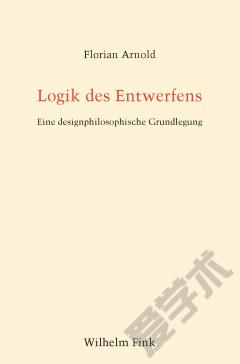The Philosophy of Design
Acknowledgements Introduction 1 What is Design? 1.1 Defining Design 1.2 Ontological Issues 1.3 Activity, Profession and Practice 1.4 The Rise of the Designer 2 The Design Process 2.1 The Challenges of Design 2.2 A Crisis of Confidence 2.3 The Epistemological Problem 2.4 Are Design Problems Ill-Defined? 2.5 Some Responses 2.6 Prestructures and Principles 3 Modernism 3.1 The Origins of Modernism 3.2 Reinterpretations and Linkages 3.3 The Failure of Modernism 4 Expression 4.1 The Meanings of Design 4.2 Expression and Eros 4.3 The Better Realization Argument 4.4 Illusion and Reality 4.5 An Objection 5 The Concept of Function 5.1 The Indeterminacy of Function 5.2 Intentionalist Theories of Artefact Function 5.3 Evolutionary Theories of Artefact Function 5.4 Objections to the Evolutionary Theory 5.5 Novelty, Design and the Epistemolocial Problem 6 Function, Form and Aesthetics 6.1 Can Form Follow Function? 6.2 Squaring Function and Aesthetic Value 6.3 Dependent Beauty 6.4 Functional Beauty 6.5 Good Taste in Design 6.6 Bad Taste 7 Ethics 7.1 Applied Ethics and Design 7.2 Consumerism, Needs and Wants 7.3 Is Need an Empty Concept? 7.4 Does Design Alter the Moral Landscape? 7.5 The Designer Stands Alone? Epilogue: The Meaning of Modernism Suggestions for Further Reading Notes References
{{comment.content}}








 京公网安备 11010802027623号
京公网安备 11010802027623号